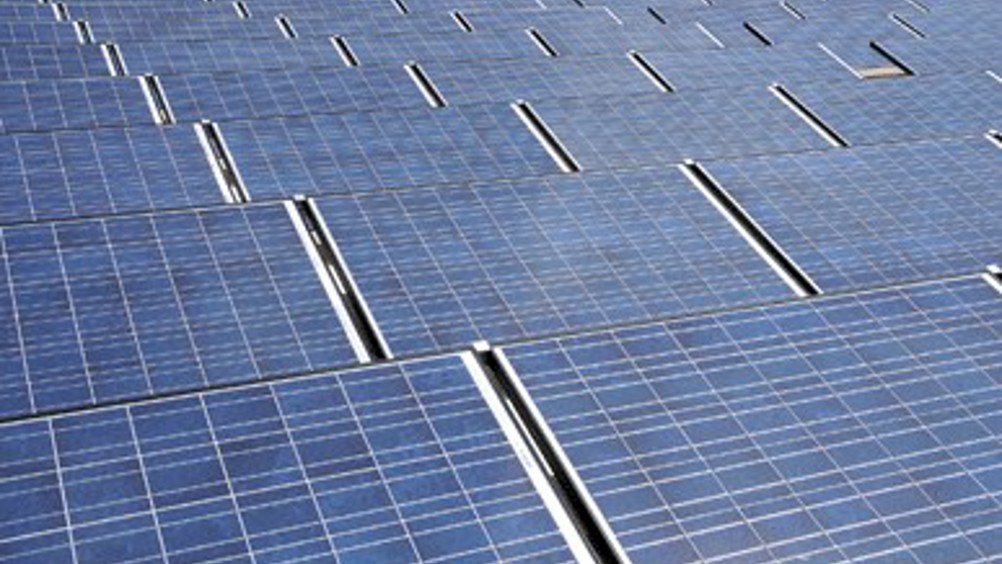Molecular modification increases solar cell efficiency
Researchers say they have found an easy way to modify the molecular structure of a polymer commonly used in solar cells.

The modification, carried out by researchers from North Carolina State University and the Chinese Academy of Sciences, can reportedly increase solar cell efficiency by more than 30 percent.
Polymer-based solar cells have two domains, consisting of an electron acceptor and an electron donor material. Excitons are the energy particles created by solar cells when light is absorbed.
In order to be harnessed effectively as an energy source, excitons must be able to travel quickly to the interface of the donor and acceptor domains and retain as much of the light’s energy as possible.
According to NCSU, one way to increase solar cell efficiency is to adjust the difference between the highest occupied molecular orbit (HOMO) of the acceptor and lowest unoccupied molecular orbit (LUMO) levels of the polymer so that the exciton can be harvested with minimal loss.
One of the most common ways to accomplish this is by adding a fluorine atom to the polymer’s molecular backbone, a difficult, multi-step process that can increase the solar cell’s performance, but has considerable material fabrication costs.
Register now to continue reading
Thanks for visiting The Engineer. You’ve now reached your monthly limit of news stories. Register for free to unlock unlimited access to all of our news coverage, as well as premium content including opinion, in-depth features and special reports.
Benefits of registering
-
In-depth insights and coverage of key emerging trends
-
Unrestricted access to special reports throughout the year
-
Daily technology news delivered straight to your inbox










Water Sector Talent Exodus Could Cripple The Sector
Maybe if things are essential for the running of a country and we want to pay a fair price we should be running these utilities on a not for profit...